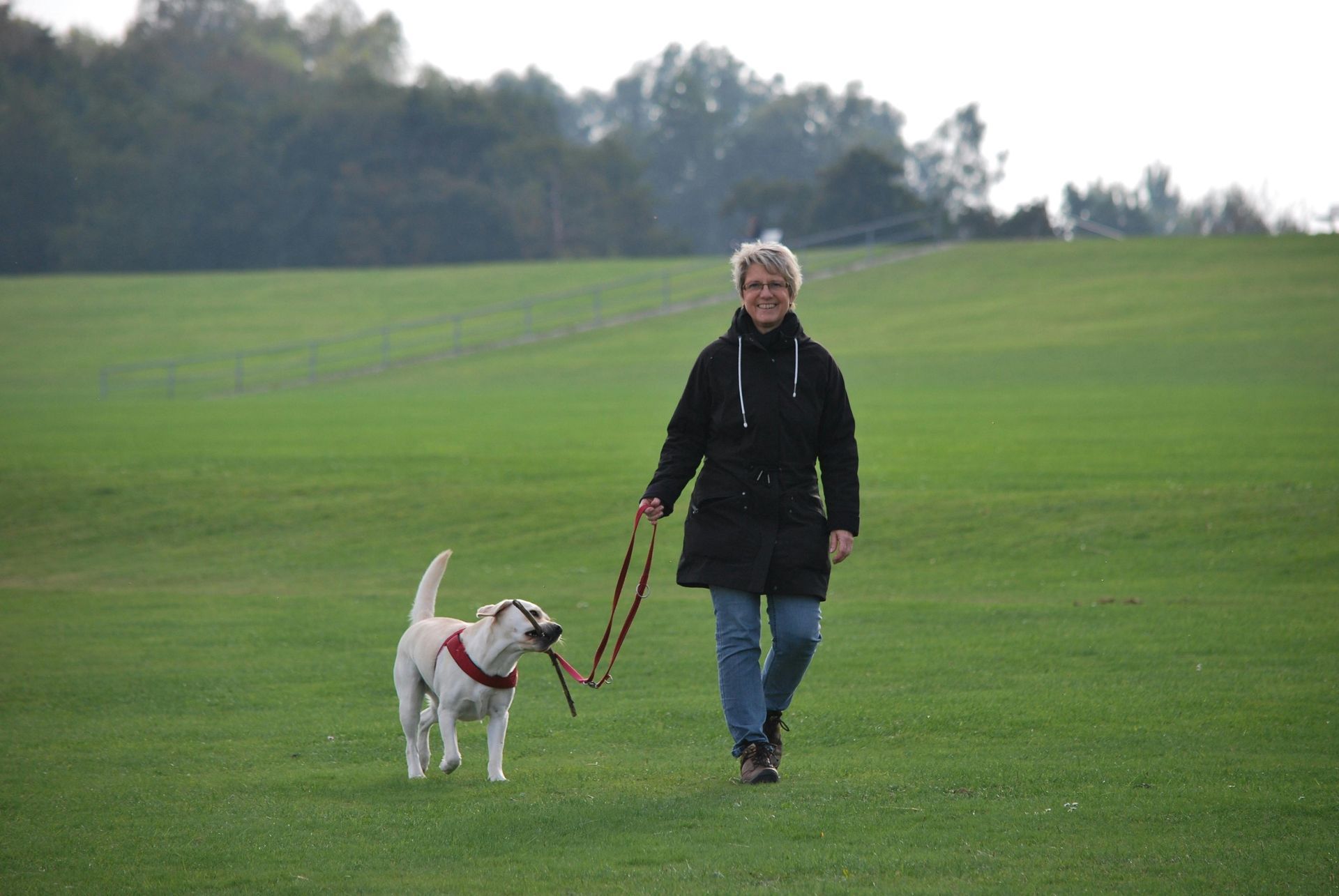Home Maintenance Tips for Pet Owners: A Practical & Playful Guide
Home Maintenance Tips for Pet Owners: A Practical & Playful Guide

Keeping your home clean and well-maintained while sharing it with furry, feathered, or scaly friends can feel like a full-time job. But with a few clever systems (and the right tools), you can enjoy the companionship without the chaos.
Key Takeaways
Pet owners can minimize damage, reduce odor, and keep systems running smoothly with regular cleaning routines, smart material choices, and preventive maintenance.
- Focus on air quality, flooring durability, and routine cleaning.
- Protect HVAC, furniture, and plumbing from pet-related wear.
- Keep repair coverage in mind — especially for systems affected by pet hair or scratches.
Everyday Maintenance Checklist (How-To Style)
Weekly:
- Vacuum floors, baseboards, and furniture with a pet-specific vacuum (Dyson Pet Vacuums)
- Wash pet bedding and soft toys (Arm & Hammer Pet Laundry Additive)
- Check litter boxes or cages for odor buildup
Monthly:
- Replace HVAC filters (consider Filtrete Pet Odor Filters)
- Deep clean carpets and rugs
- Inspect walls, doors, and baseboards for scratches or bite marks
Quarterly:
- Schedule professional grooming to reduce shedding
- Wash pet collars, carriers, and leashes
- Clean vents and behind appliances — hair builds up fast there
Pet Type vs. Common Maintenance Needs
| Pet Type | Common Issues | Quick Fix | Preventive Tip |
|---|---|---|---|
| Dogs | Shedding, muddy paws | Use entry mats (Gorilla Grip Door Mat) | Wipe paws after walks |
| Cats | Scratching, litter scatter | Use corner protectors (Sticky Paws Tape) | Trim nails regularly |
| Birds | Dander, feather dust | HEPA filter air purifier (Levoit Air Purifier) | Clean cages every 2 days |
| Fish | Humidity, splashing | Dehumidifier in tank room (hOmeLabs Dehumidifier) | Use aquarium covers |
| Small Rodents | Odor buildup | Change bedding often (Kaytee Clean & Cozy Bedding) | Use baking soda deodorizer |
Pro Tips for Pet-Ready Homes
- Choose washable fabrics. Microfiber furniture or outdoor-rated cushions are easier to clean.
- Add protective coatings to floors — polyurethane on hardwood prevents scratches.
- Seal up gaps to prevent fur from entering air vents or appliances.
- Keep pet areas well-ventilated to minimize odors.
Pro Tip: Label a “pet cleaning kit” bin with essentials like enzyme spray, wipes, gloves, and lint rollers — and keep it near the entryway.
Peace of Mind Through Coverage
Sometimes, even the most diligent maintenance can’t prevent surprises. Pet hair can clog HVAC systems, chewed cords can short outlets, and accidents happen. That’s where a home warranty becomes a smart safeguard — it covers repairs and replacements for systems and appliances affected by everyday wear, including pet-related wear and tear. For those seeking customizable plans that help manage repair costs (especially for HVACs and other pet-stressed systems), check this out.
These warranties often function as annual service plans, allowing homeowners to select add-ons that suit their specific setup — from air conditioning to washing machines that endure endless fur-covered loads.
FAQ: Home Maintenance & Pets
How often should I replace air filters if I have multiple pets?
Every 30 days is ideal. Pet dander builds up fast and can impact air quality.
What’s the best flooring for homes with pets?
Vinyl plank or tile — they’re water-resistant, durable, and scratch-resistant.
How do I stop odors from sticking to furniture?
Use washable slipcovers and a fabric-safe odor eliminator (Febreze Pet Odor Eliminator) weekly.
Can pet damage void appliance warranties?
In some cases, yes — which is why having a home warranty that includes pet-related coverage can be a lifesaver.
Spotlight: A Handy Home Helper
The Bissell CrossWave Pet Pro is a wet-dry vacuum designed for multi-surface cleaning. It tackles pet messes on hard floors and area rugs — ideal for busy pet households. It even has a tangle-free brush roll that keeps fur from clogging.
Conclusion
A pet-friendly home doesn’t have to mean constant chaos. With a consistent cleaning rhythm, durable materials, and some smart safeguards, your home can stay clean, comfortable, and stress-free for both you and your companions.






